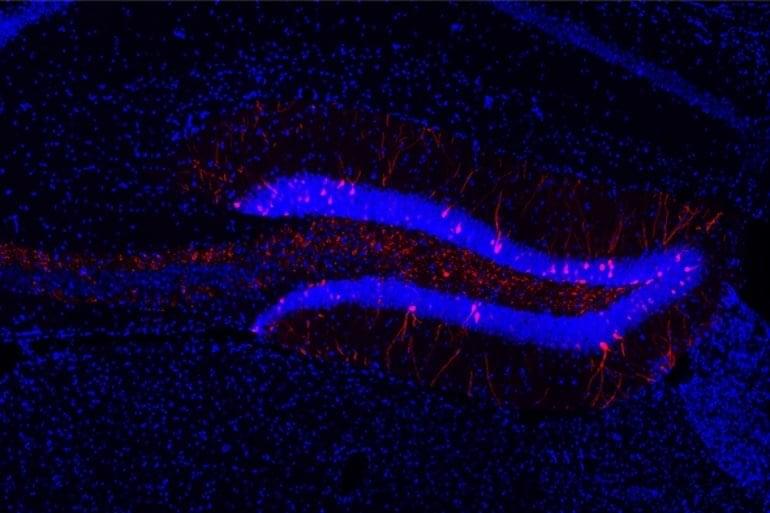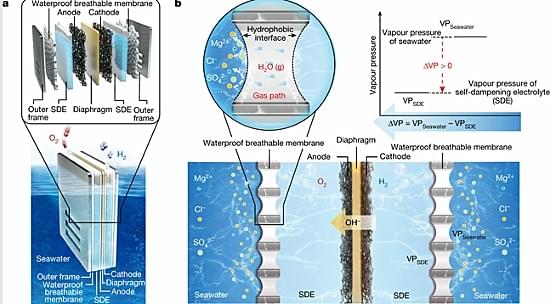Scientists believe they’ve discovered a cache of gemstones on the surface of Mars.
No, we’re not talking about diamonds — according to a study published last month in the Journal of Geophysical Research: Planets by a team of Arizona State University and NASA-affiliated researchers, the Red Planet’s Gale Crater is teeming with opals.
Let’s get it out of the way: bling iced out with precious gems from another planet sounds like the coldest flex in the solar system. But there’s also scientific significance to the finding, which suggests that the area held vast reserves of water far more recently than we previously thought. That means the discovery could also force us to rewrite theories of ancient life on Mars.








